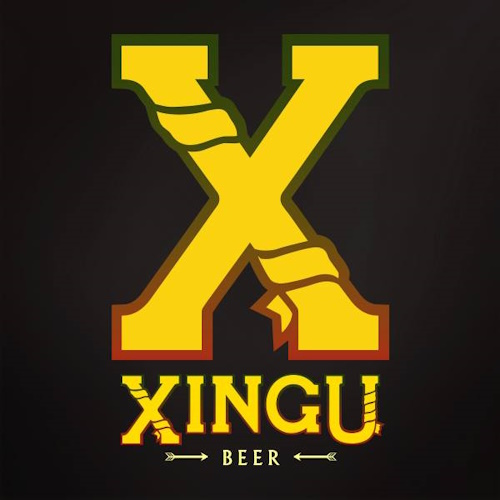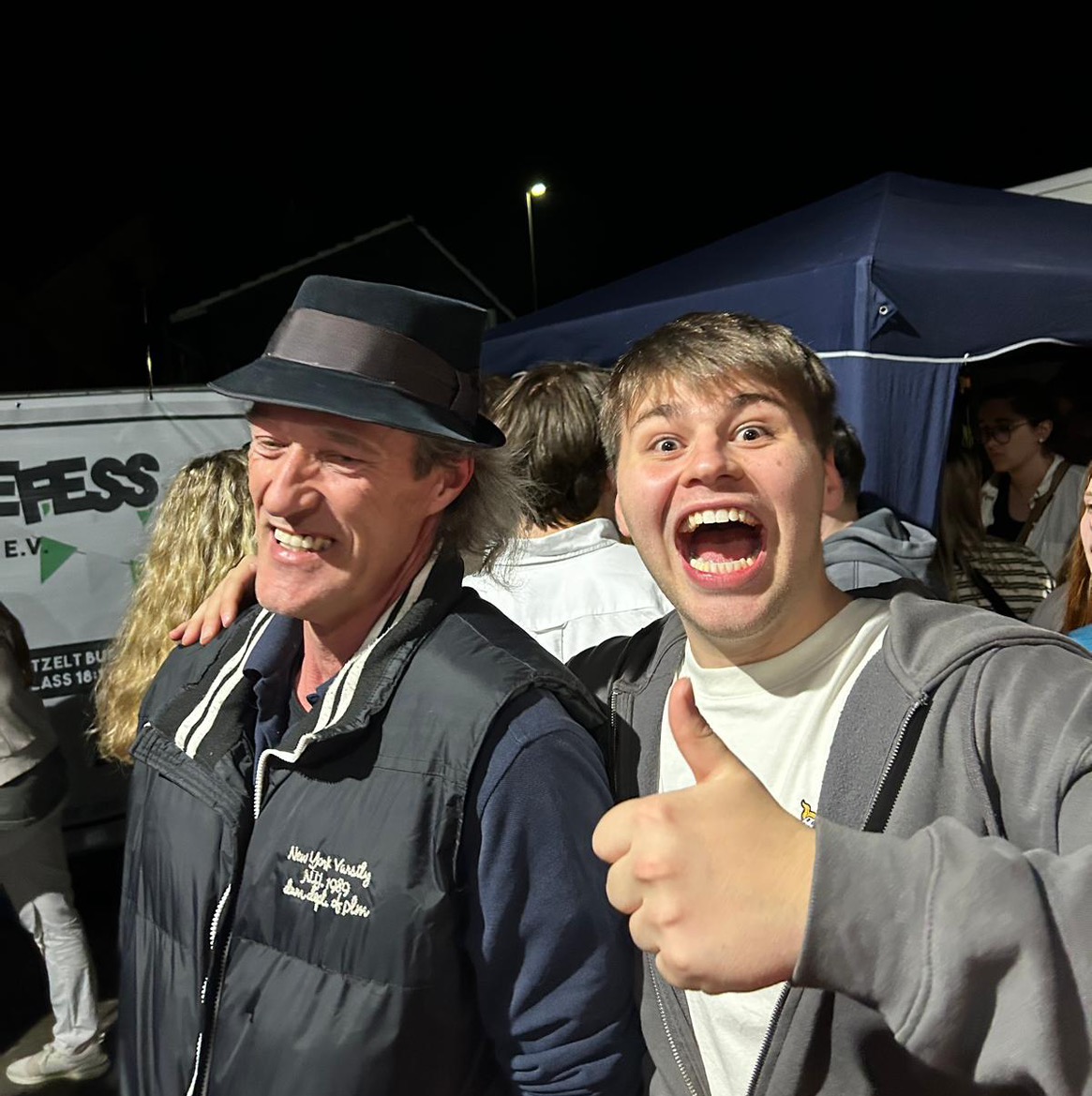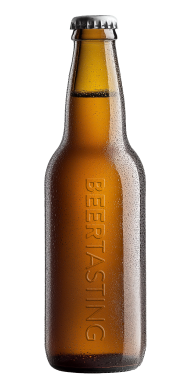Description
Subsidatory of Total Beverage Solution
HE HAD FOUND RECORDS DATING FROM 1557 ABOUT A BLACK BEER PRODUCED IN THE AMAZON RAINFOREST WITH CORN AND MANIOC AND FERMENTED NATURALLY.
On a hot summer day in 1987, a blond and slightly balding man with penetrating blue eyes walked into my office, accompanied by his young wife, a dark haired woman with a broad and frank smile. They were Alan Eames, writer, specialized in beer history and anthropology, and his wife Anne Latchis, of Greek descent, owner of a traditional hotel in the mountains of Vermont, in the United States. They had just been in an expedition into the Amazon rainforest, having come to Brazil in an adventurous trip in search of a lost beer. The trip had been motivated by an article Alan had written about the origins of beers in the world. In his research, he had found written records dating from 1557 about a black beer produced in the Amazon rainforest with corn and manioc and fermented naturally. Alan wished to create a beer that honored and preserved this ancient brew. This was the birth of Xingu, a pioneer in the segment of Specialty Premium beers that now enjoys worldwide prestige. Having failed to raise the interest of Brazil’s large brewers in this small and apparently off-track idea, Alan and Anne needed help. I was immediately attracted to the concept, and offered my help and participation without a second thought.
Before the couple fled back to the US we agreed that I would try to find a brewery and manage production in Brazil, while they would handle imports in the USA. I got a hold of a beverage industry yearbook that covered all of Brazil, and hung to a telephone line for 6 months hearing No, No, and No, until I finally got a Yes. And it wasn’t a Yes from any brewery: The very small Cervejaria Caçadorense, located over a thousand Kilometers from Rio, was practically bankrupt, sinking in debts. The company had been a Coca-Cola distributor, and in its happier days had produced an outstanding line of beers, all of which unfortunately had been abandoned. The owner, Ivo Pressanto, a man of Italian descent, was now associating himself with a group of businessmen with the purpose of reviving the business. I was worried. Things certainly didn’t look easy: I had no money, hated flying and knew nothing about beers or anything else except practicing Law, a career I had recently abandoned. However, this was a special venture: Two interesting characters, the search for a lost beer style and a pioneer idea full of challenge and charm. I decided to move forward and risk my time and efforts.
AFTER DRIVING OVER A THOUSAND KILOMETERS ON HIGHWAY BR 116, ALSO KNOWN AS RODOVIA DA MORTE (MEANING DEATH HIGHWAY), I ARRIVED AT THE SMALL MOUNTAINOUS TOWN OF CAÇADOR
After driving over a thousand kilometers on highway BR 116, also known as Rodovia da Morte (meaning Death Highway), I arrived at the small mountainous town of Caçador, in Santa Catarina where the warm Mr Pressanto greeted me with great hospitality. His brewery, even if somewhat shabby, was inviting and captivating, like a wonderful little museum: Set in the hills of the small countryside town of Caçador, it was run by an old ship’s boiler in molten steel, the malt roasting in a hand driven steel drum slowly rotating over burning logs, the beer resting in traditional Czech ceramic-covered horizontal tanks. Caçador’s brewmaster studied Alan’s research on Amazon beers and after some experimentation finally developed a delicious and very original brew based on the fusion of Brazilian native and European-born cultures that I immediately sent to Alan. Alan had booked a meeting set at the much looked after and prestigious American Culinary Institute of New York for a formal presentation of the beer, which would be followed by a formal tasting and evaluation.






.png)
